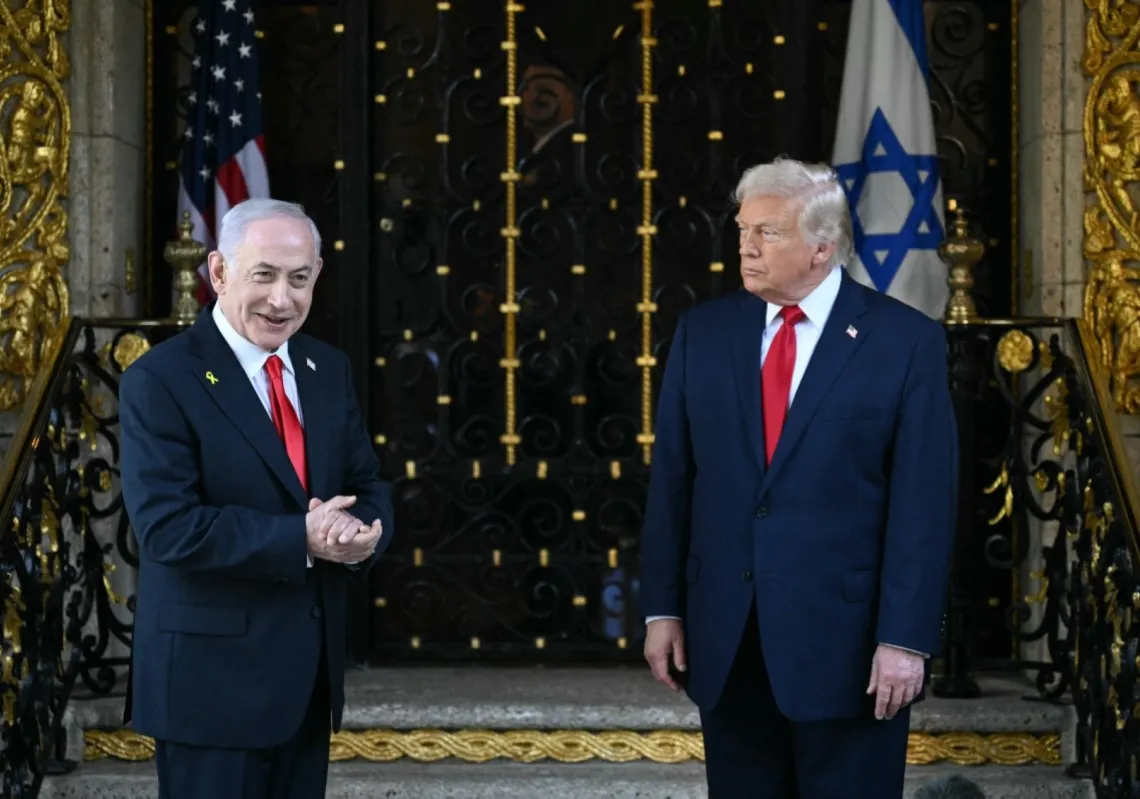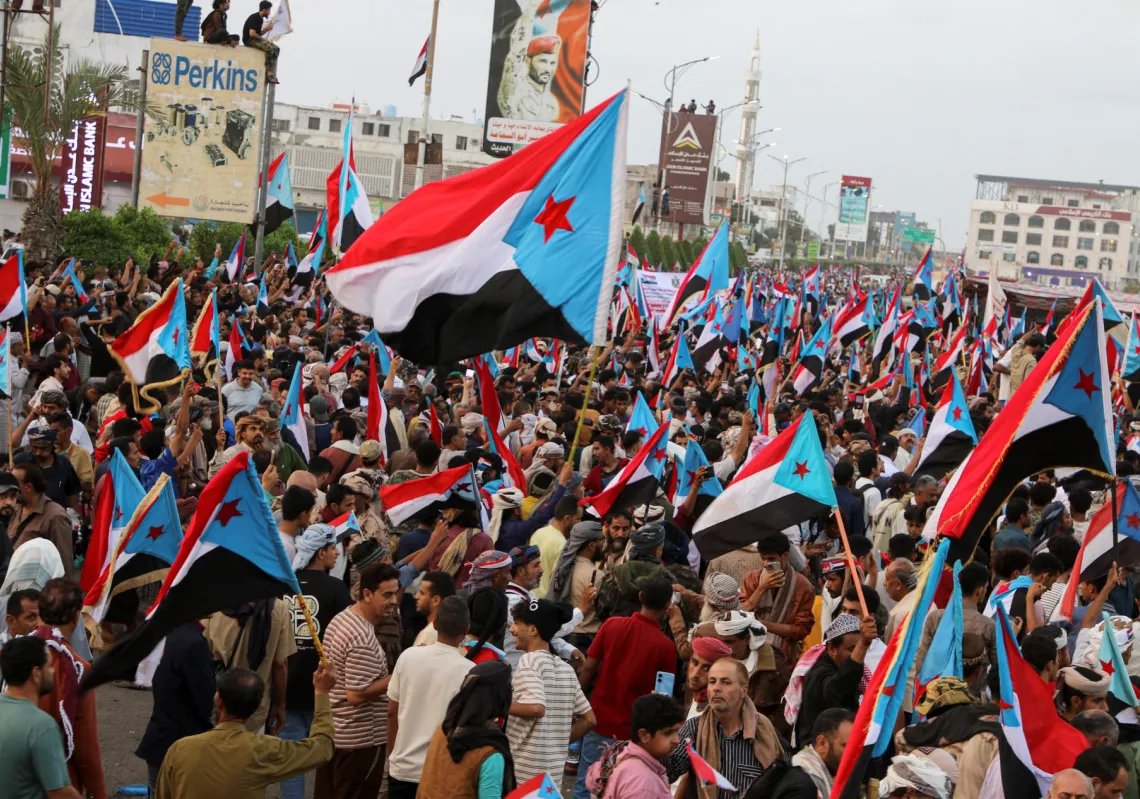Negotiations for a major $1.6bn tender are underway after the Moroccan state rail operator ONCF announced it would buy 168 new trains. The contract is part of the North African kingdom’s ambitious plans to develop its railway network, which have attracted a range of international companies. Early reports for the tender list include South Korea’s Hyundai Rotem, France’s Alstom, Spain’s Talgo and CAF, and China’s CRRC among the bidders. Morocco wants to harness the economic power of trains as it prepares to step into the global spotlight when co-hosting the World Cup in 2030.
Since its inception, rail has had a major impact on the countries that have invested in it. It now has a long history of uniting nations and boosting economic development by opening routes to the wider world. Most famously, railways brought the United States together in the second half of the 19th century, connecting New Hampshire to California and Alaska to Texas.
Today, on the shores of the Atlantic, Morocco is now following this example by building a new high-speed rail network, adding 1,300km of high-speed train lines known as the Ligne à Grande Vitesse (LGV) capable of travelling at 350km per hour. The additional capacity equates to a total of 2,800km of track for both traditional and high-speed trains, connecting 43 cities, 15 airports, and 12 ports. Advocates say travel times will be cut, boosting both trade and tourism. A new high-speed line between Casablanca and Marrakech is due to be completed in time for the football fans visiting in the summer of 2030.
National symbol
After the upgrade, which is estimated to cost around $37bn in total, Morocco’s rail network will boast 5,100km of track. The work will be spread over 16 years, covering several phases. King Mohammed VI mentioned it in his recent speech commemorating the anniversary of the Green March, an anti-colonialism demonstration, saying: “We have the ambition to build a railway line starting from Tangier to Lagouira, to connect Morocco with Africa.”
This statement of intent opened the way to secure the necessary financial resources to complete the line from the far north to the far south of the country. Currently, Morocco operates the Al-Buraq high-speed train. In service since 2018, it travels at 320km/hour, connecting Tangier and Casablanca via the capital, Rabat. It links the Mediterranean and the Atlantic in a journey that takes just over two hours.

Built by the French company Alstom, it is already the fastest train in Africa and the Middle East, according to Newsweek, which noted that Morocco is the only country on the African continent with a high-speed train line. The country's ambition is to accelerate its economic development using rail to link it to the rest of the continent.
Laying the groundwork
ONCF is running an international tender to build the new 375km Casablanca to Marrakech route by 2030. The project is divided into seven sections, each up to 64km. This includes laying the railway, installing signal and communication equipment, and establishing technical maintenance centres for the trains in Marrakech, which policymakers think could become a hub for high-speed train manufacturing.
According to the website Africa Intelligence, French company Egis Rail won the $153m tender to project-manage the extension of the high-speed train line from Kenitra to Marrakech in partnership with another French company (SYSTRA) and Moroccan firm, Novec.
The Chinese Railway Design Corporation (CRDC) also won a contract to survey the proposed high-speed 400km train-line extension between Marrakech and Agadir to the south, through the rugged Atlas Mountains. This project is the third phase in the overall network upgrade plans. China's ambassador, Li Changlin, said Beijing stood ready to complete the Marrakech-Agadir line, including by finding ways to provide the necessary financing.
Big-name bidders
Companies from France, Spain, Germany, Italy, the UK, China, Japan, South Korea, and Turkey are all competing for Moroccan rail contracts, in work set to last until 2040. South Korea has offered to export high-speed trains to Morocco, along with expertise and technology, to enhance rail cooperation between the two countries. According to news agency Yonhap, during South Korean transport minister Park Sang-woo's visit to Rabat in June, Seoul proposed selling 904 train cars to Morocco for €3.52bn.












